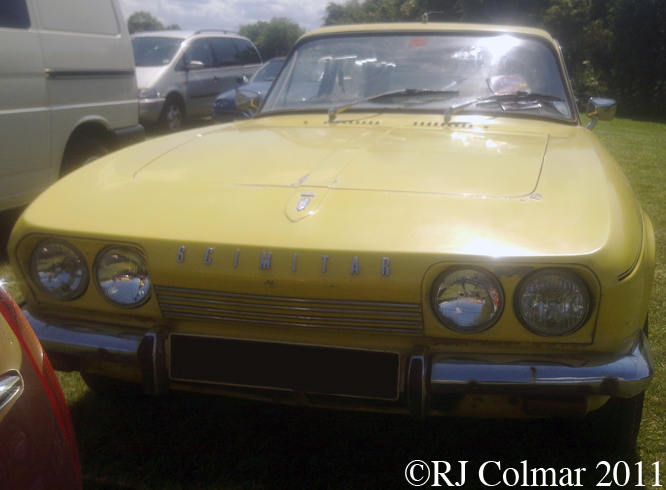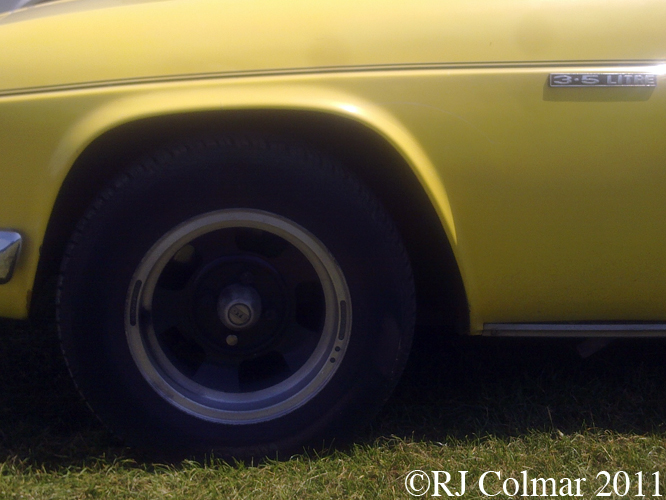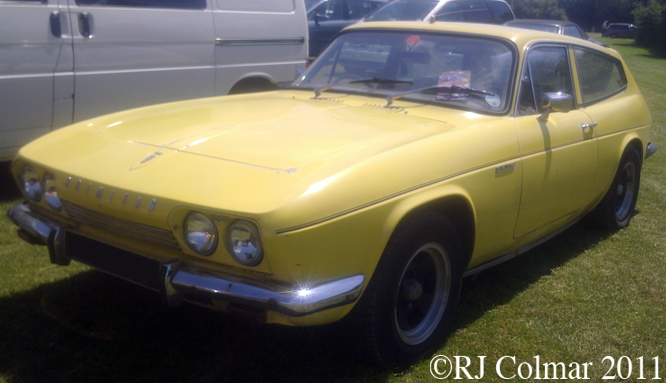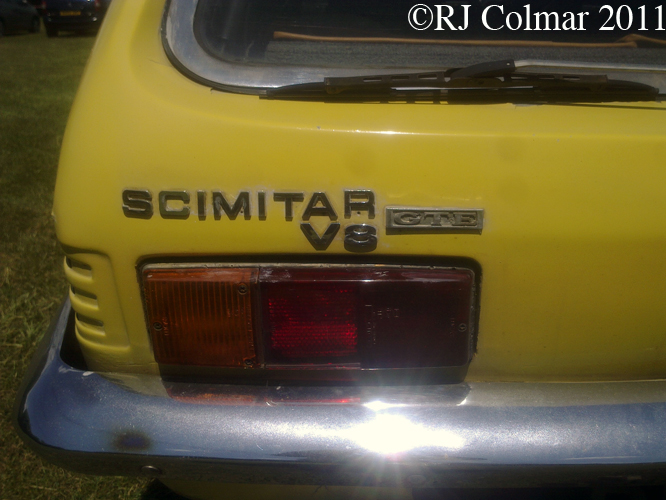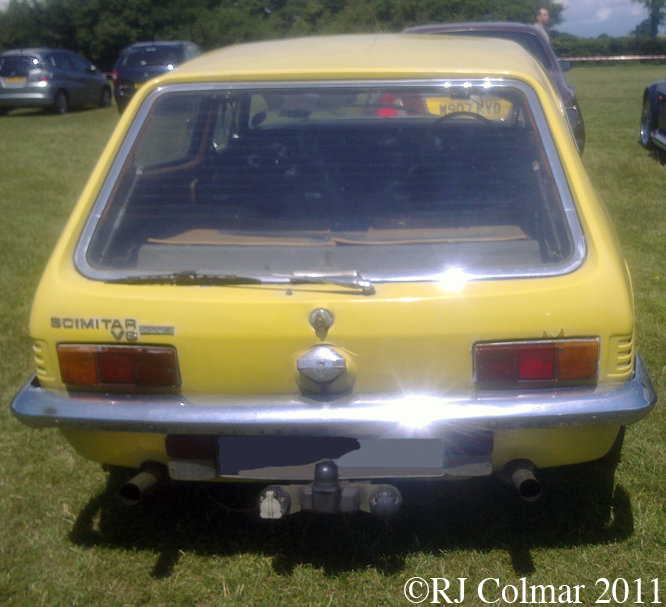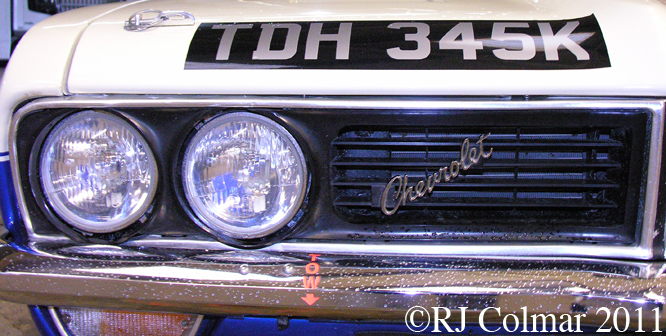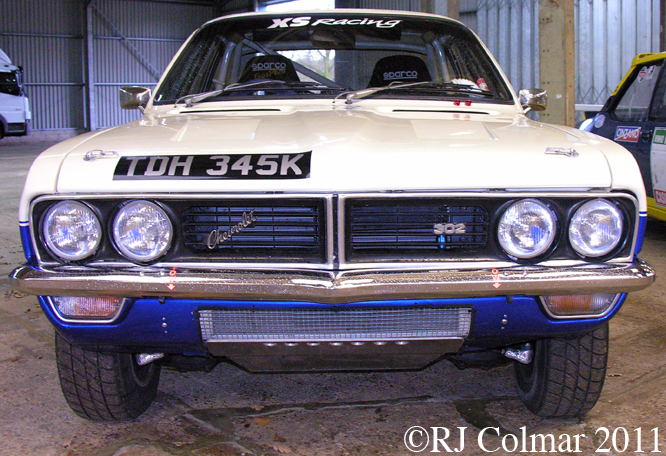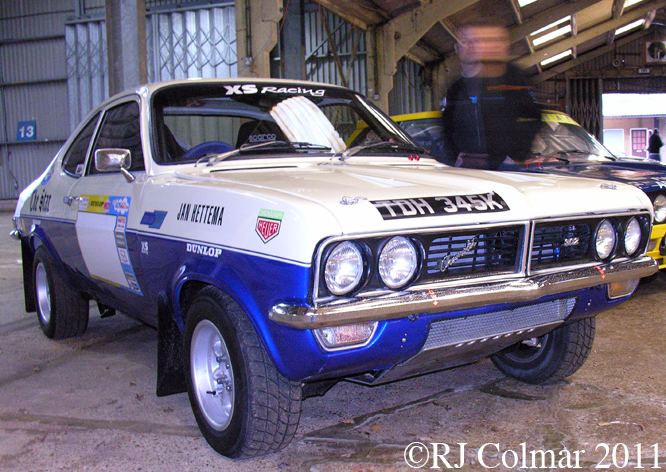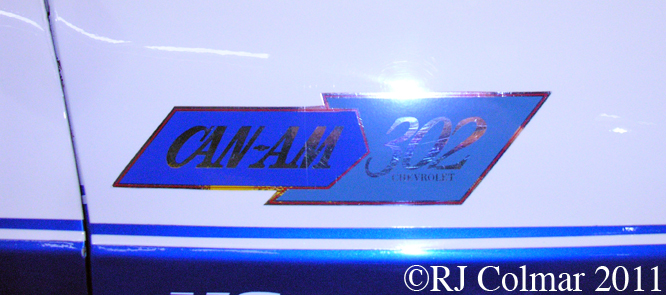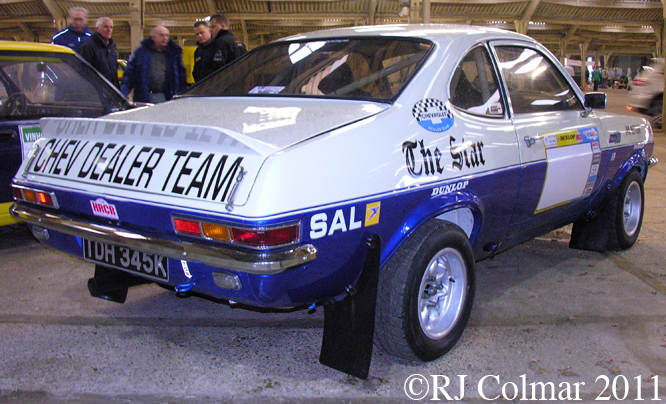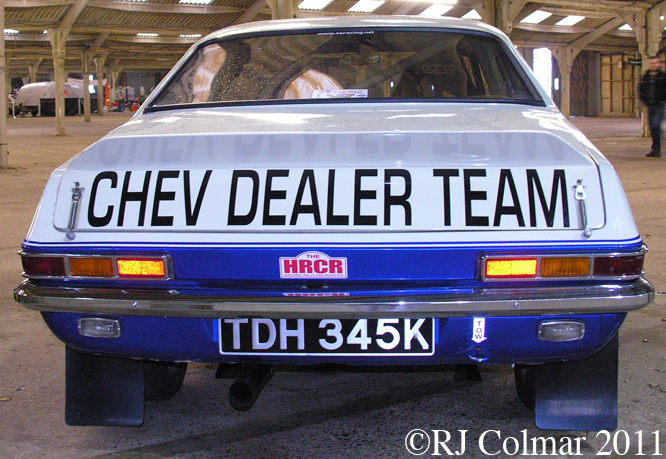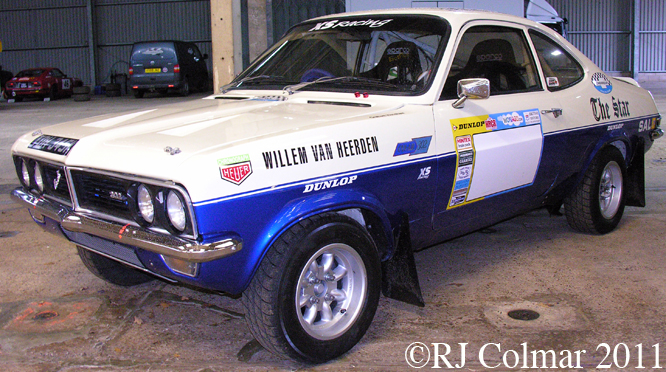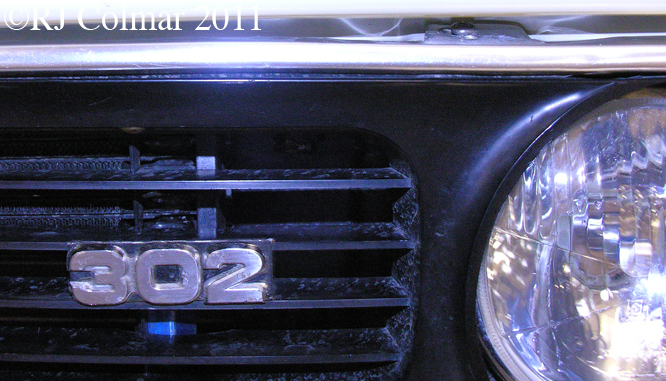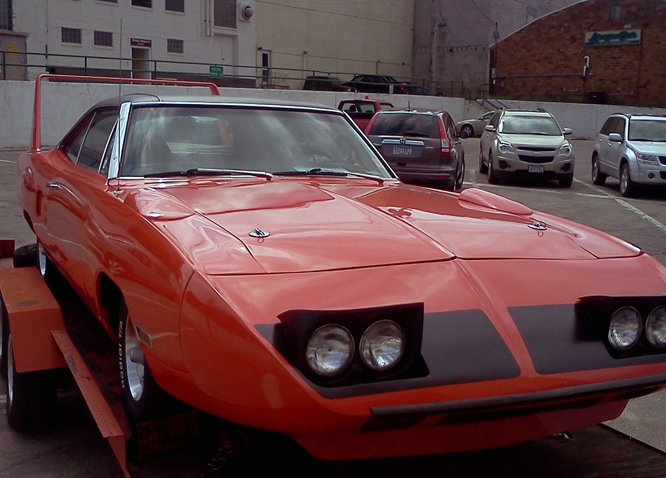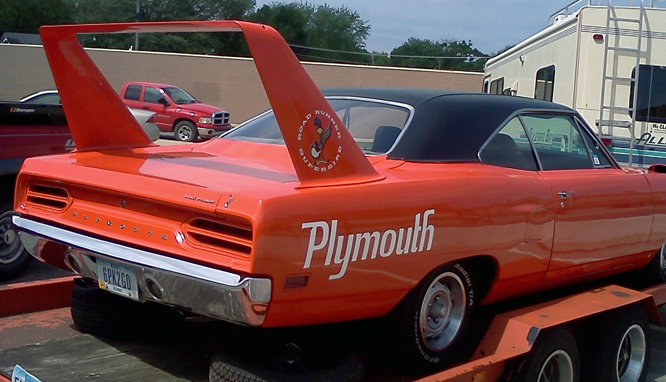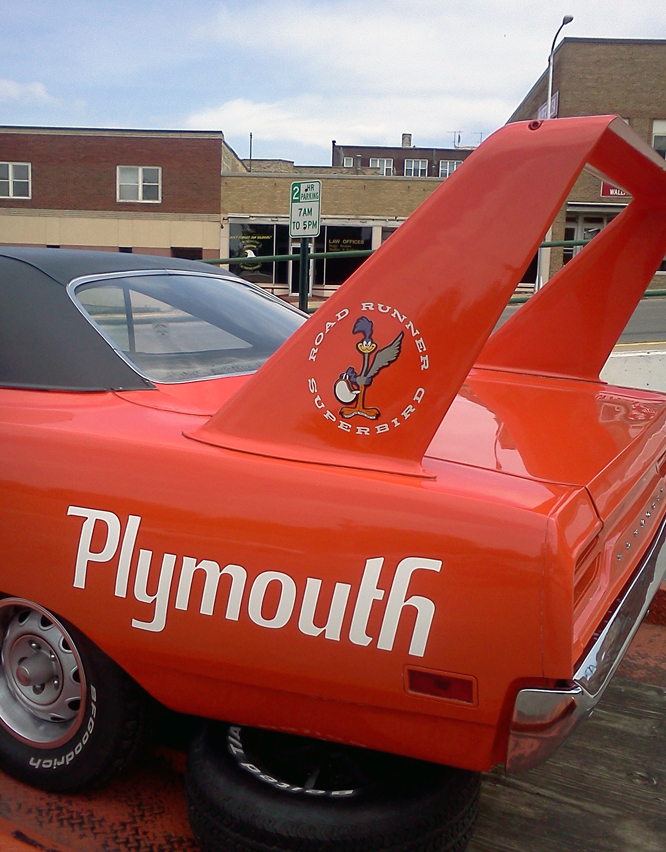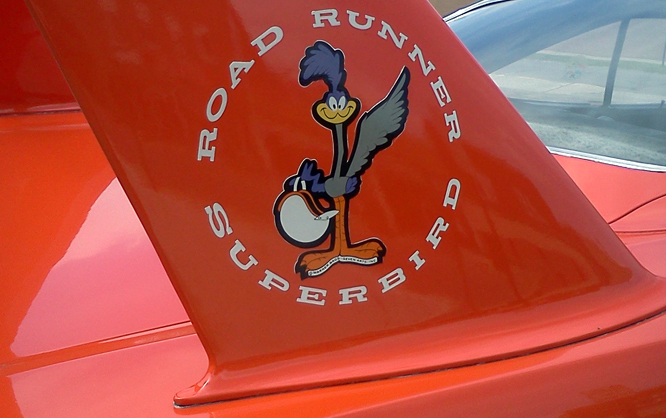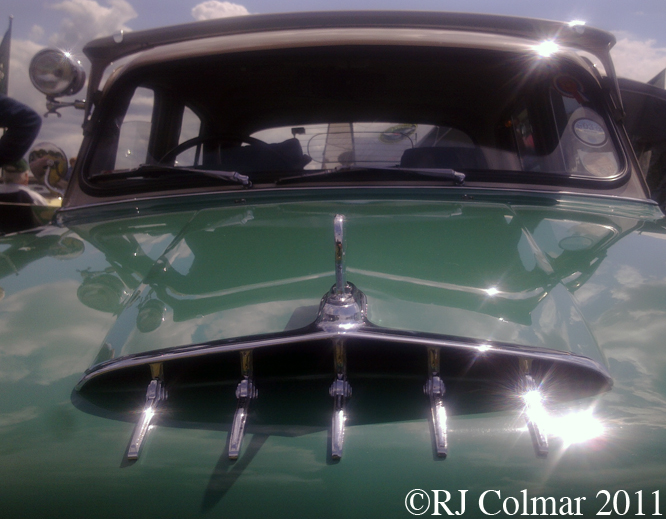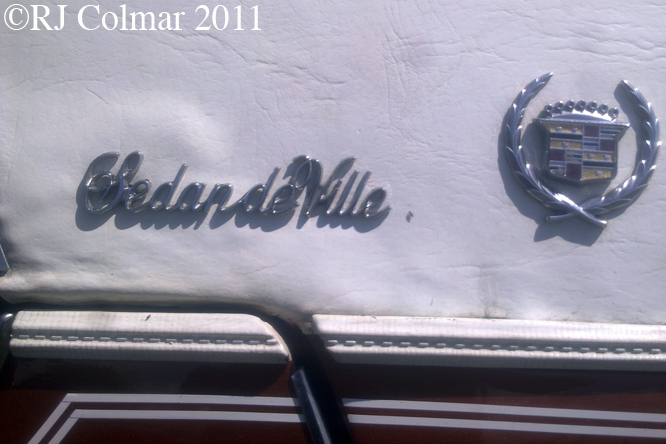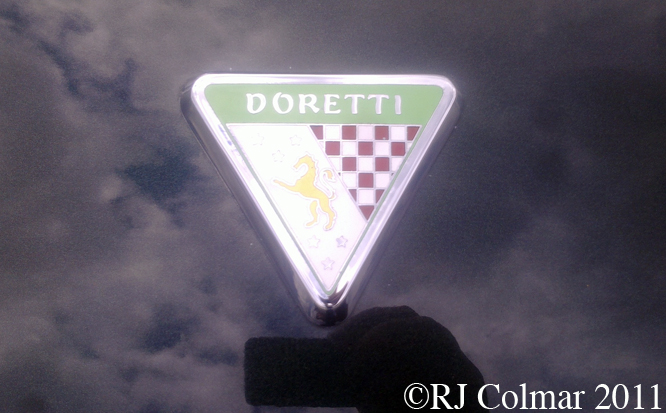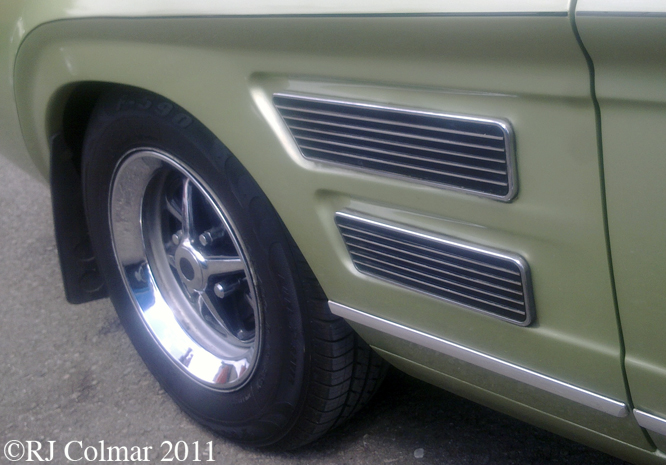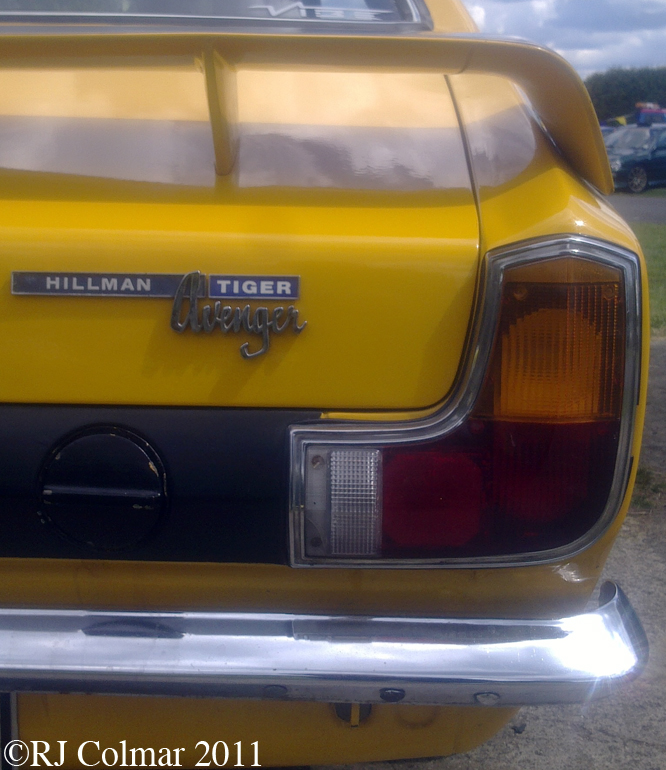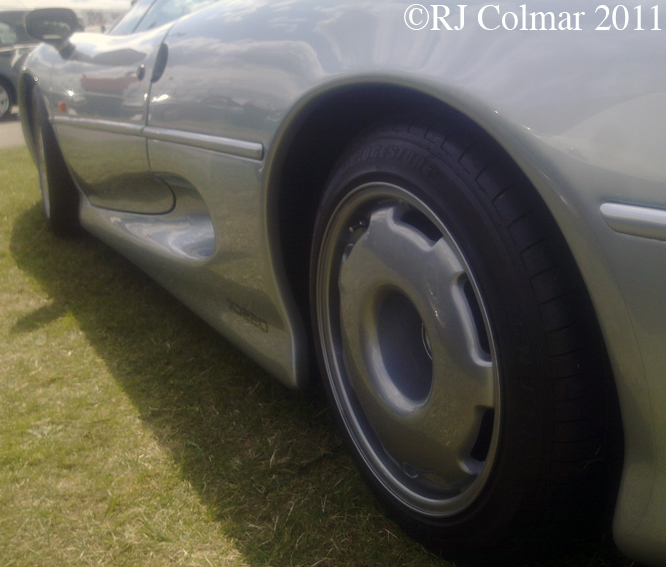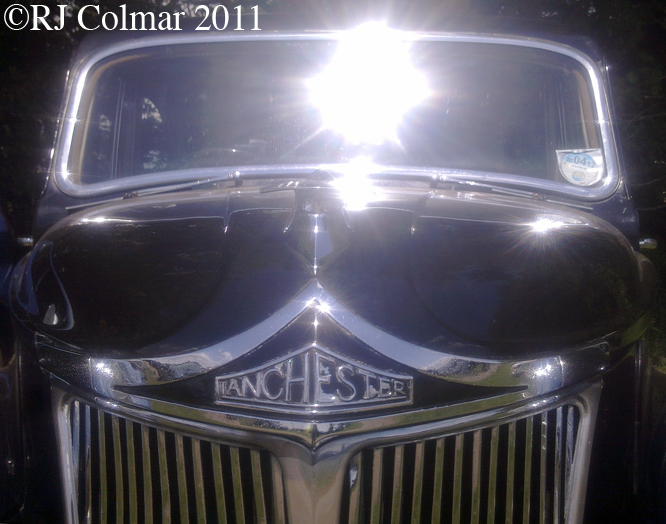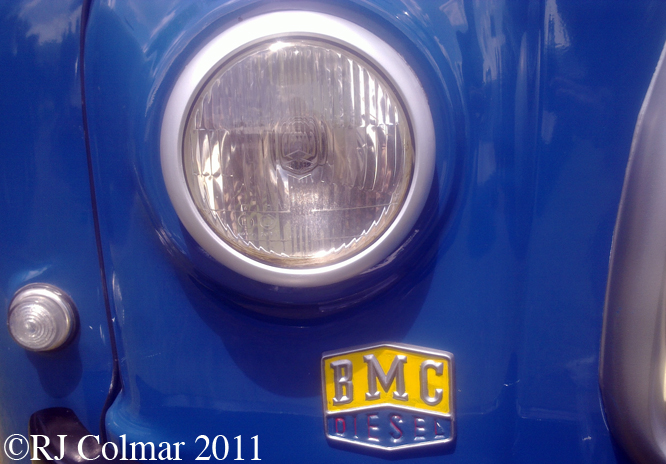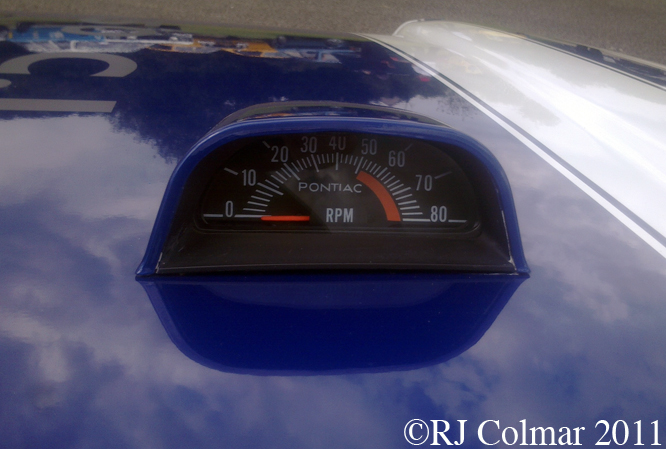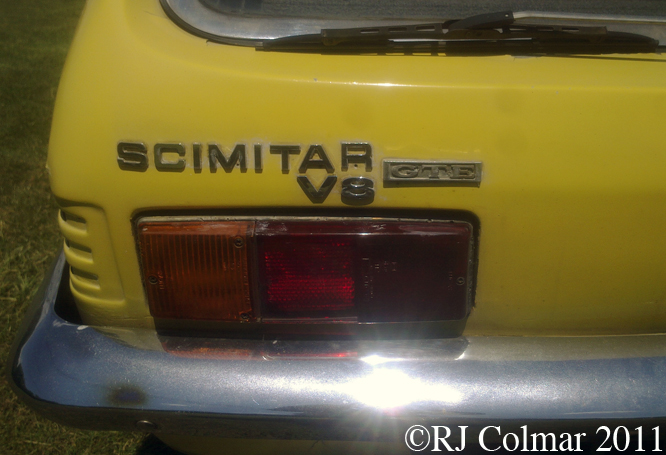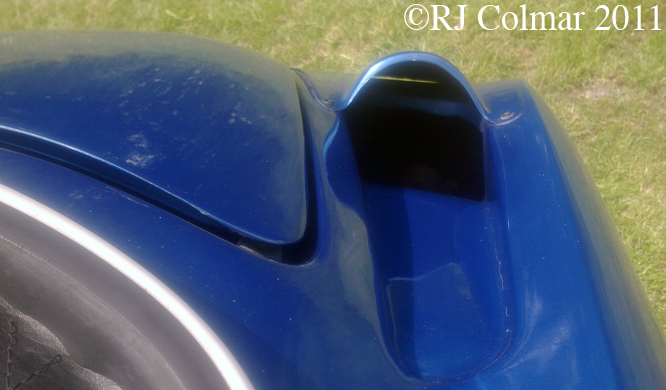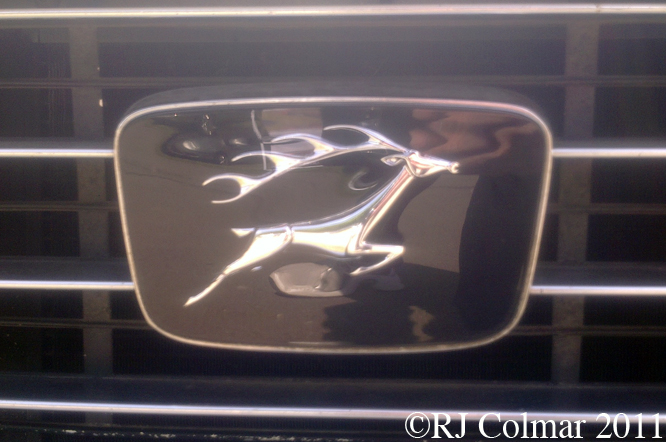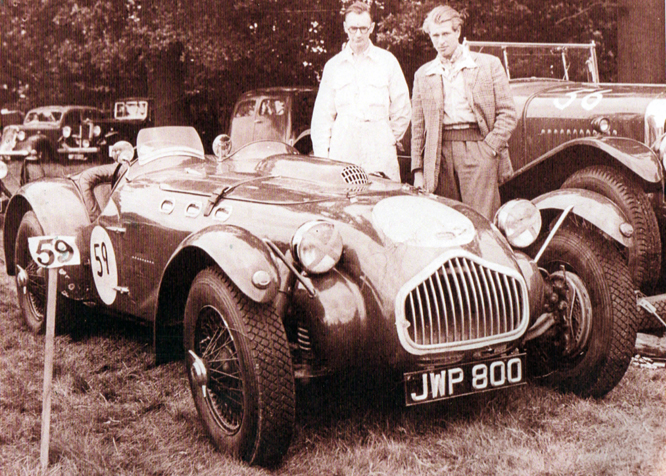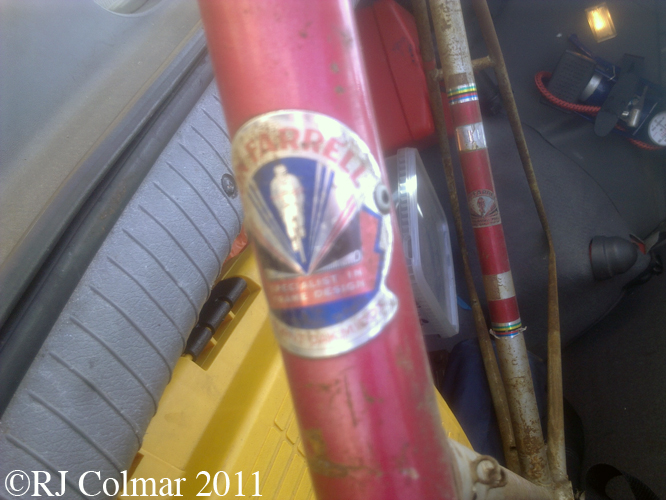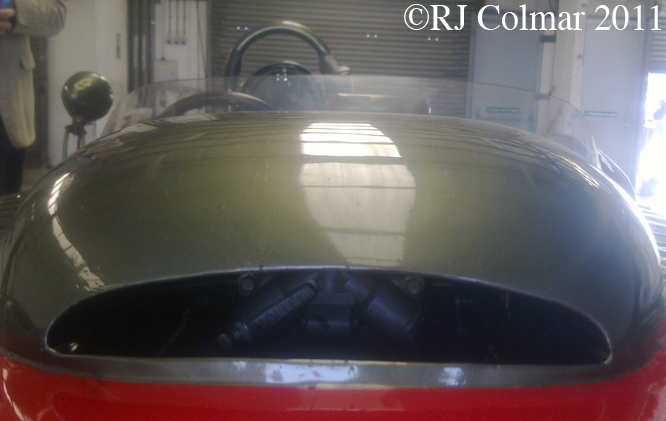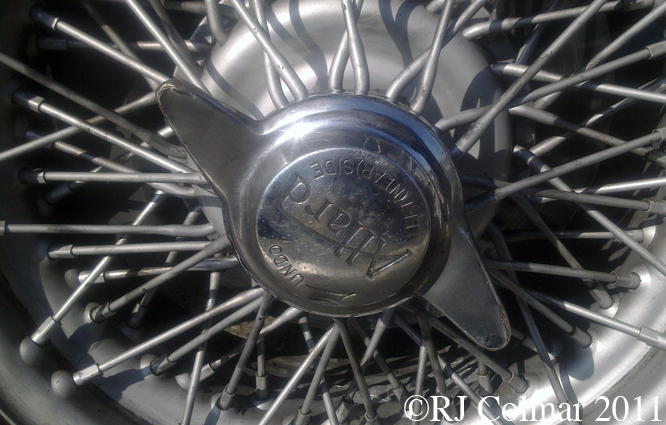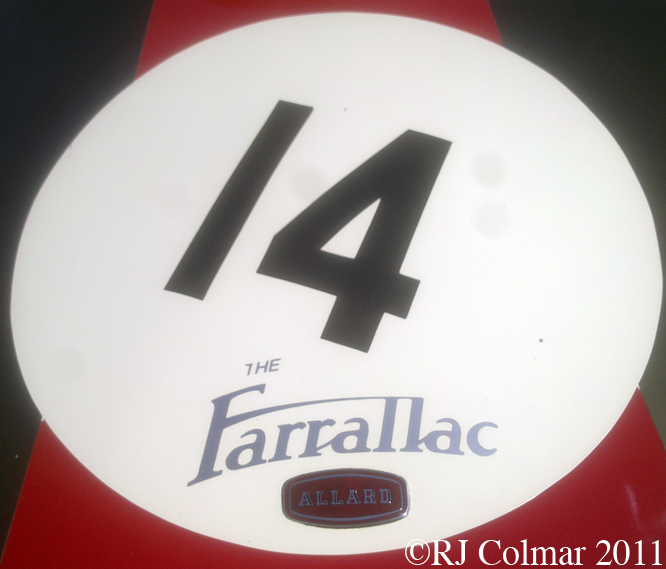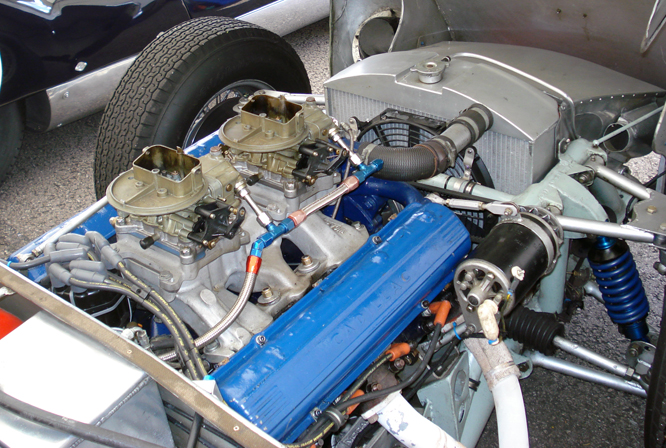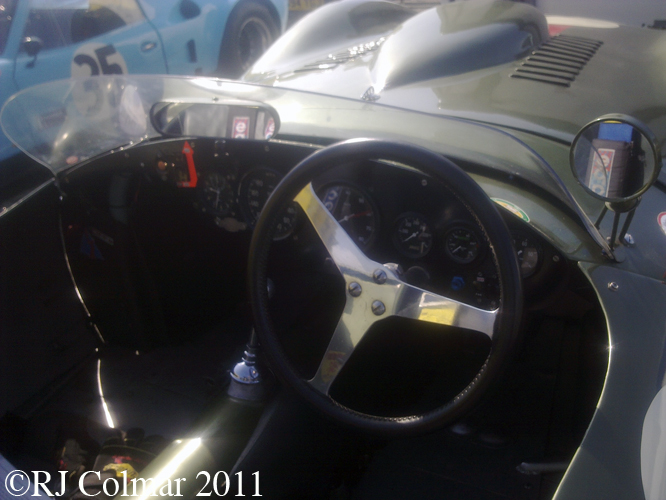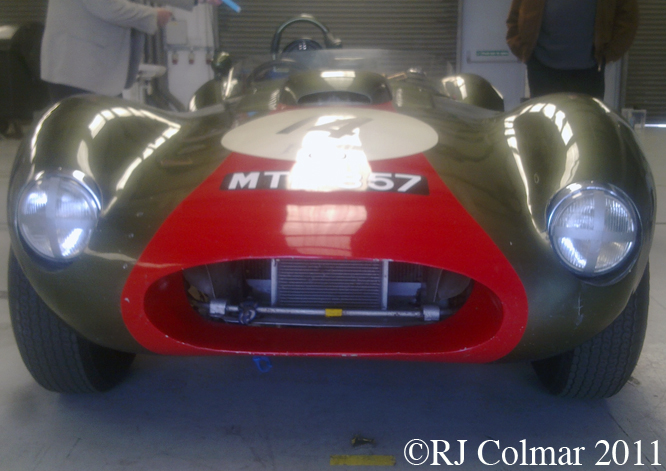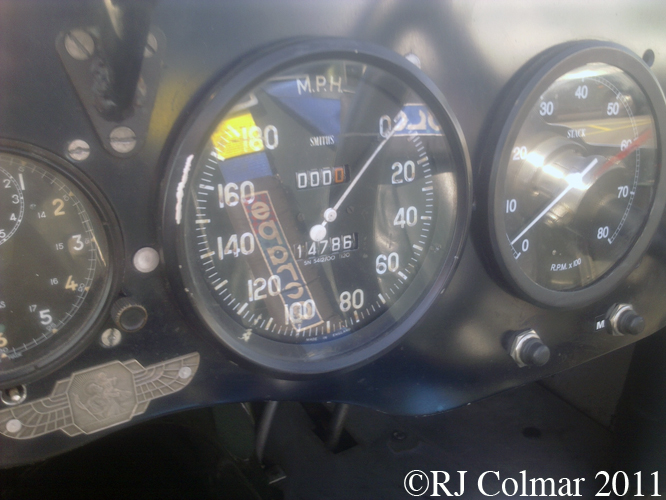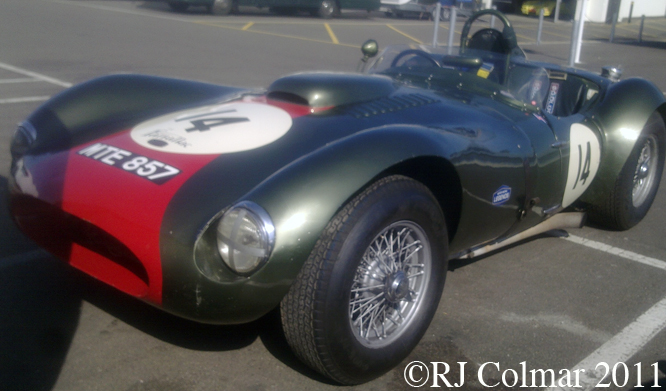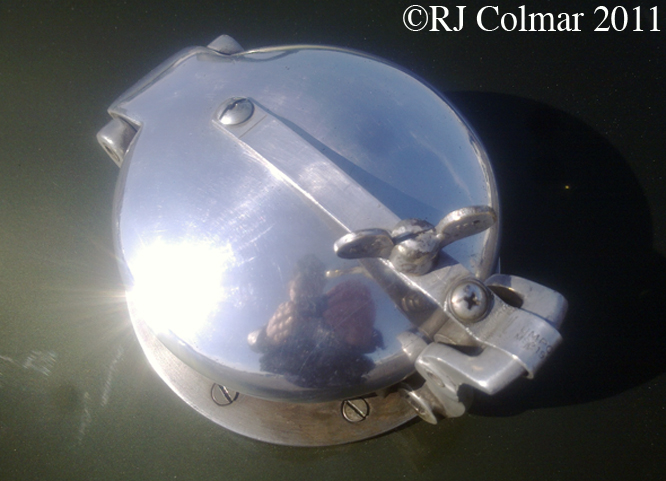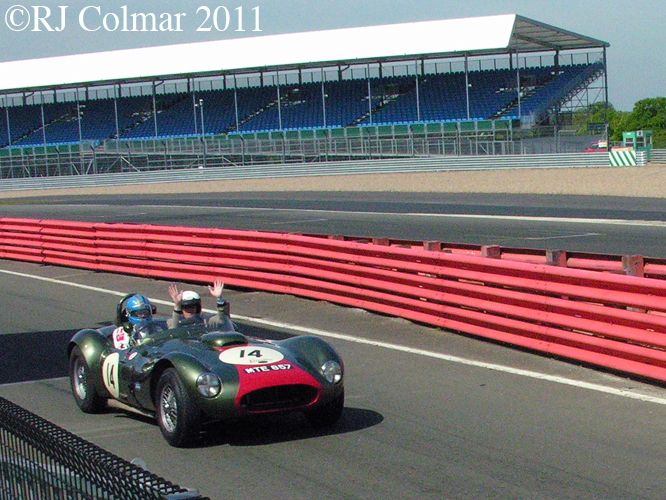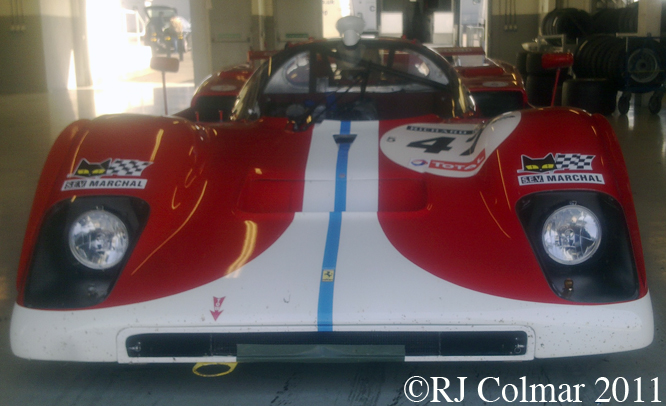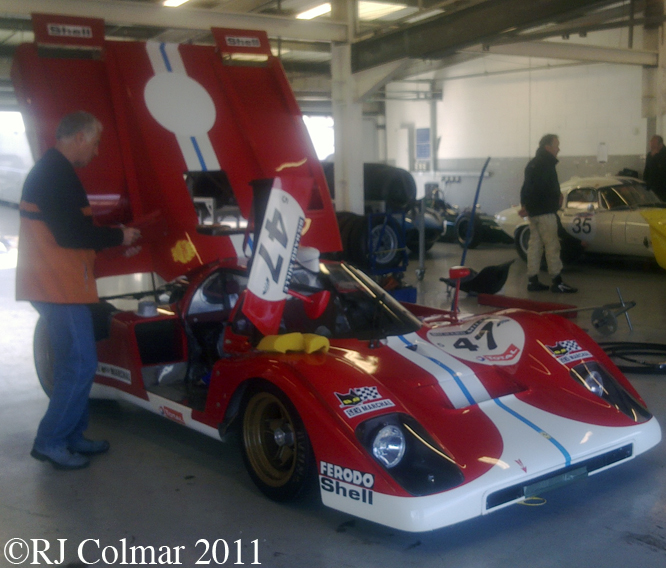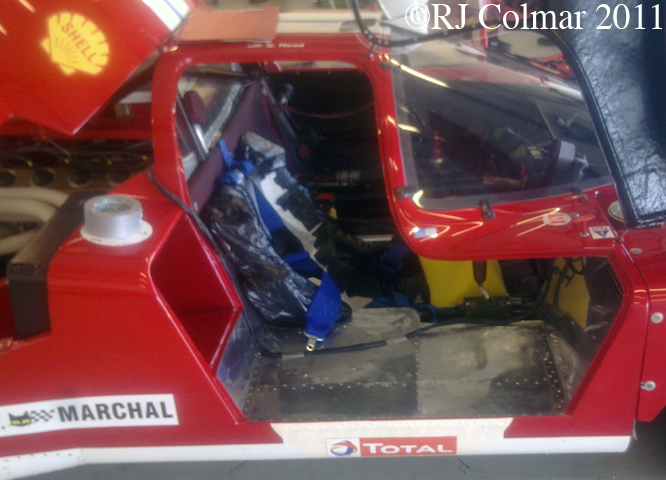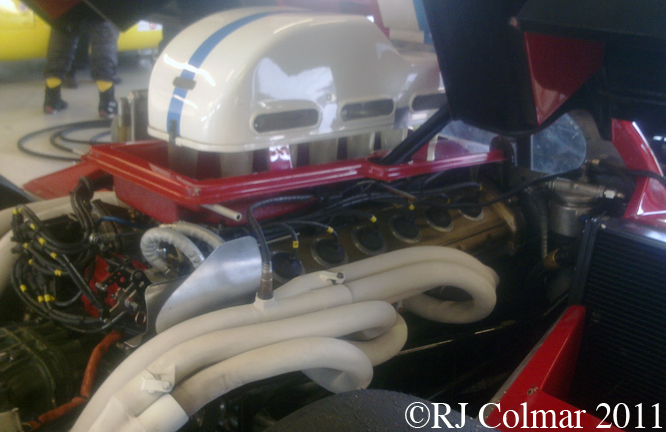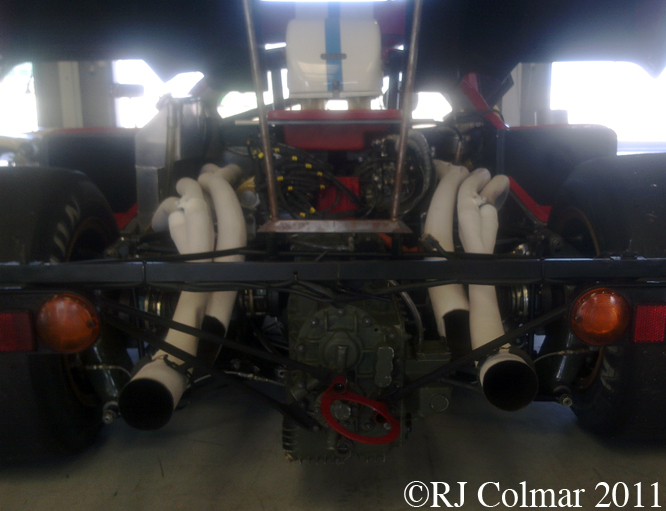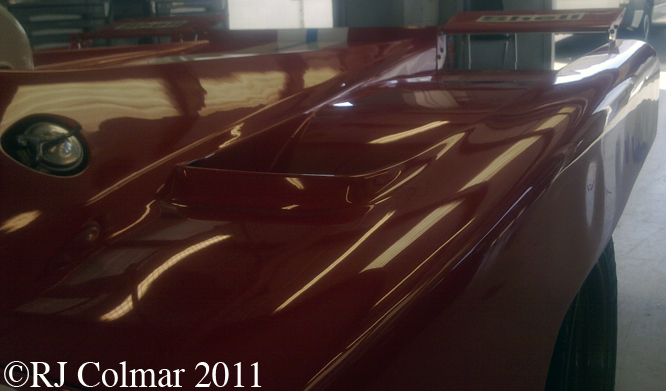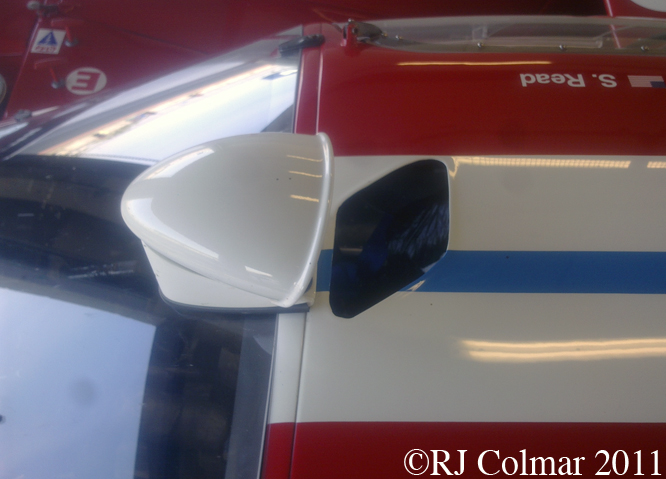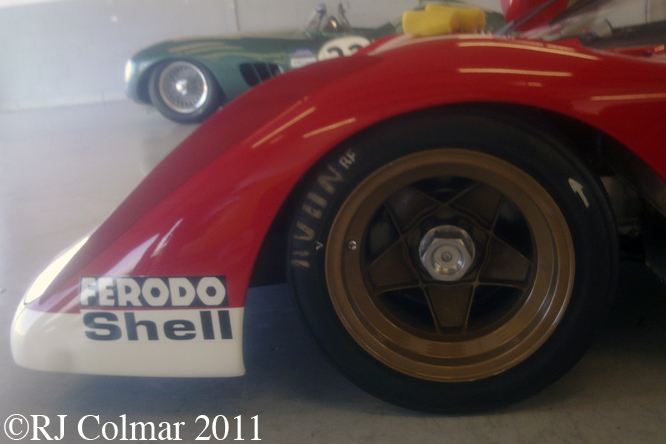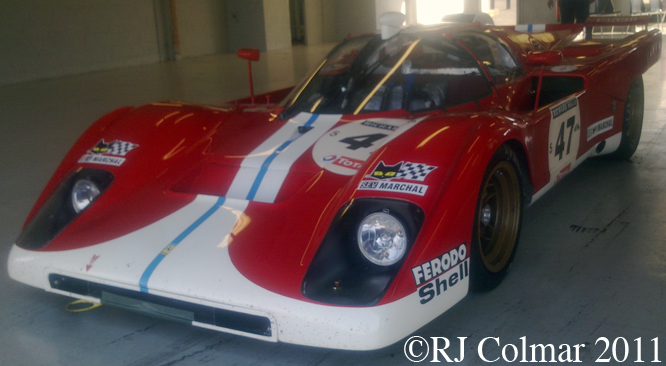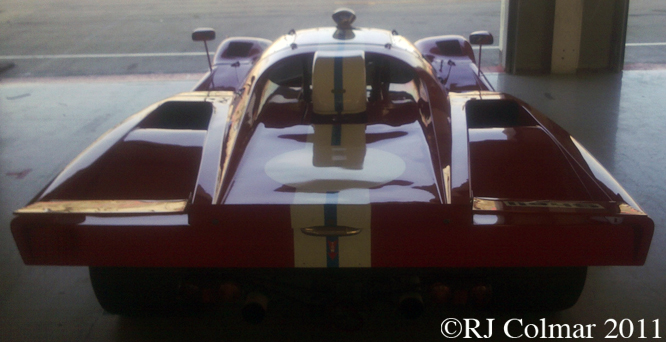This weekend sees the 79th running of the Le Mans 24 hours , unfortunately I will not be there in person but will almost certainly follow the progress of the race on the internet. Thirty years ago I went to Le Mans for the first time.
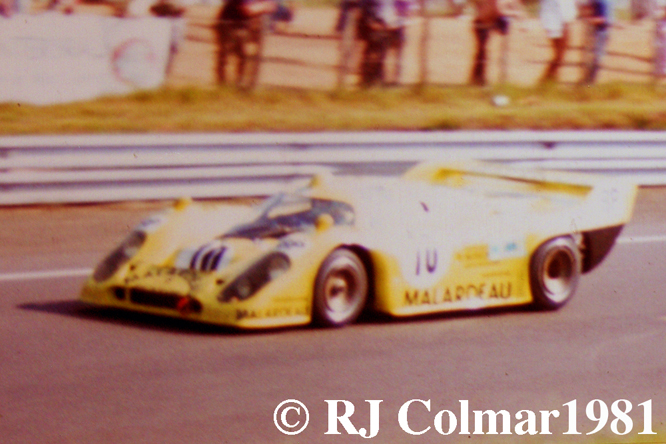
I arrived as practice was already under way, one of the many reasons I had wanted to see this particular race was because the Kremer brothers were running a brand new Porsche 917, see above, that they had built for the 1981 season, ten years after the original 917, immortalised in Steve McQueen’s film that takes its title from the race, had been made obsolete by the FIA.
It looked great sounded even better with a 5 litre / 305 cui flat 12 however it was a disappointment qualifying only 18th. During the race Bob Wollek the cars only professional driver took no further part in the race after his friend Jean-Louis Lafosse driving the #25 Rondeau was killed in an accident. The 917’s remaining drivers Xavier Lapeyre and Guy Chasseuil retired after completing 82 laps.
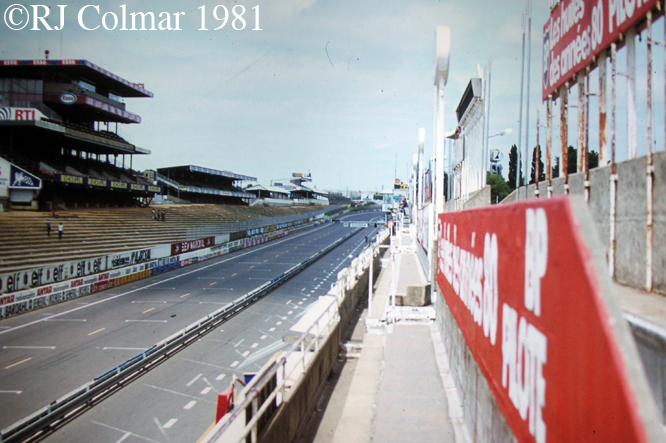
There is no on track action on the Friday before the 24 hours and back in 1981 spectators had access to virtually all area’s while the teams prepared for the race.
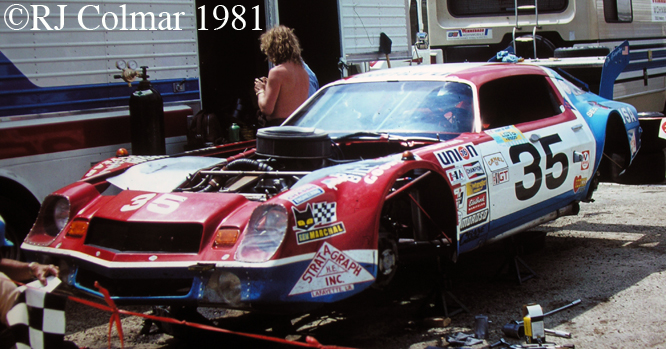
Cale Yarborough joined AJ Foyt and Mario Andretti in becoming one of the few drivers to compete at Le Mans, the Indy 500 and the Daytona 500 in 1981. While his #35 Stratagraph Camaro sounded good, easily the loudest car in the race, and was as fast as any other vehicle in a straight line, topping 200 mph, the Camaro’s brakes were puny compared to the competition and simply not up to the job of slowing, easily the heaviest car in the race, down. After the first hour the brakes gave up and Cale resorted to driving the car into the wall, ironically at the corner called ‘Indianapolis’ in order to bring his car to a stop, without injury to himself or anyone else.
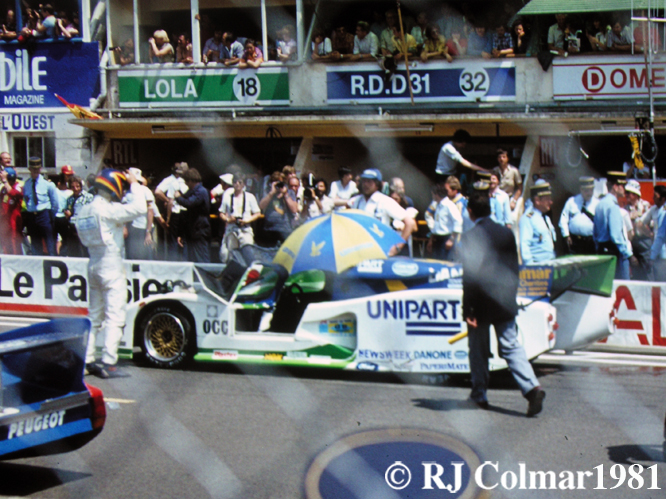
The weekend of the 1981 Le Mans 24 hours was an absolute scorcher, Spaniard Emillio de Vilotta prepares to board his Lola T600 which he shared with Guy Edwards and Juan Fernandez, The Ford DFL powered #18 Lola started 12th and finished 15th after a multitude of problems which included running the last couple of hours in top gear only.
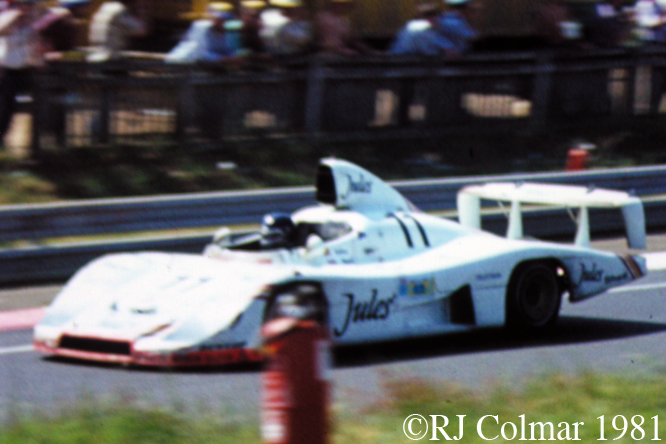
For this race Porsche AG prepared two special 936 models fitted with 2.65 litre / 161 cui twin turbo flat 6 motors that had originally been designed to run on methanol in the Interscope Indy car project. The #11 of Jacky Ickx and Derek Bell was the class of the field qualifying 3 seconds ahead of it’s sister driven by Mass / Schuppan / Haywood and finishing the 24 hour race with a record lead of 14 laps over 112 miles after covering a total distance of 4825 kms / 2998 miles.
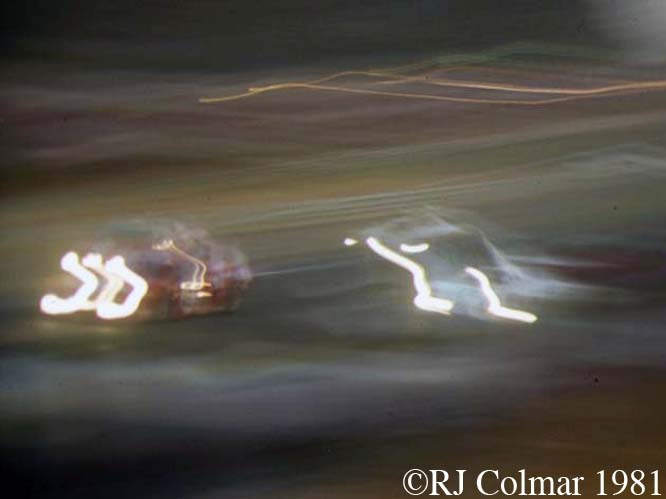
Like many people I enjoyed taking a pictures of the cars at night, unlike many people this led to an all consuming passion for artificial light and film which after many years took me into the realms of art and animation.
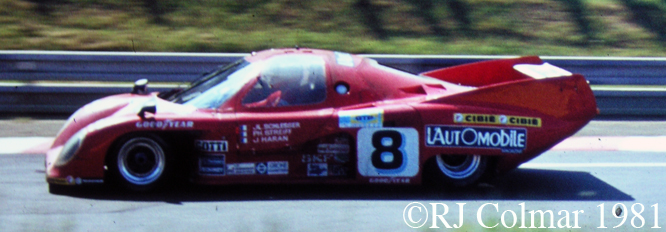
The only challenge to the utter dominance of Porsche at the 1981 race came from the 5 car Rondeau team, it was the teams two slower GTP cars that survived the night with Jacky Haran, Jean Louis Schlesser and Philippe Streiff coming home a distant second in the #8 Rondeau M379 with
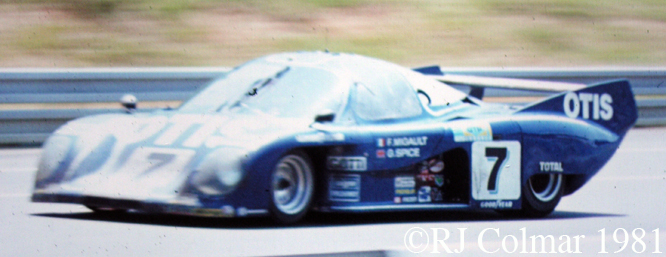
Gordon Spice and erstwhile Connew pilot Francois Migault coming home third in the #7 Rondeau. Both of the Rondeaus were powered by detuned 3 litre / 183 cui Ford DFV motors more commonly found in Grand Prix cars.
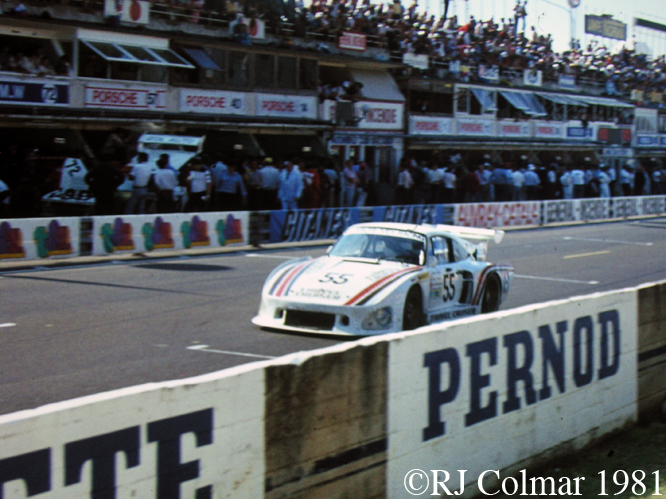
After a couple of hours sleep the relentlessness of 24 hour racing really came home to me on the circuit that used to be known as the world fastest round about. The #55 Porsche 935 K3 of Claude Bourgoignie, John Cooper, Dudley Wood, seen here just after dawn came in 4th overall winning the Group 5 class. I believe this vehicle has passed through the hands of Nick Mason, it may still be in his collection.
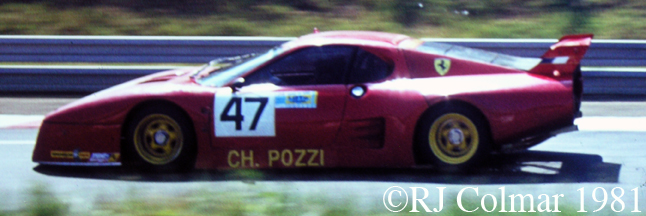
The #47 Ferrari 512BB LM #31589 of Andruet/Ballot-Léna qualified 37th, and finished 5th o/a 1st in IMSA GTX.
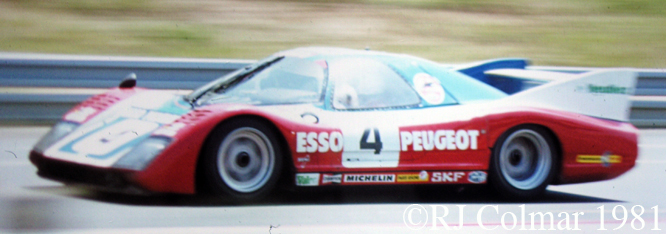
The PRV (Peugeot Renault Volvo) Turbo V6 powered #4 WM 79/80 of Denis Moran, Charles Mendez and Xavier Mathiot started 16th and came in 13th the faster #82 P81 sister car of Thierry Boutsen was not so lucky having an accident on the Mulsanne Straight which resulted in the death of a track worker at the end of the first hour of the race.
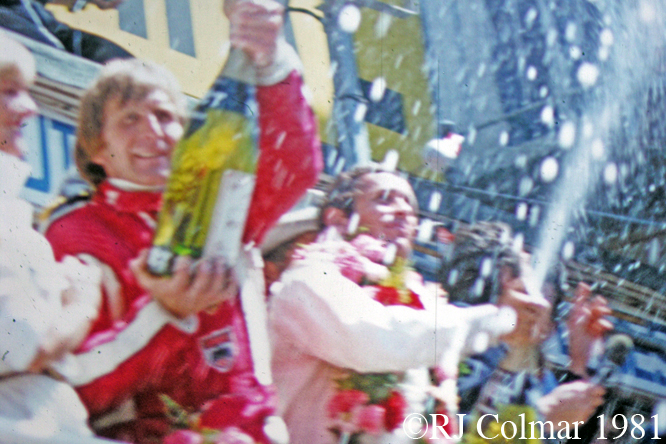
Despite two fatalities during the race victory celebrations went ahead as usual, not sure that would happen today.
Hope you have enjoyed today’s trip into memory lane and that you’ll join me again tomorrow for a look at a unique vehicle called The Farrallac. Don’t forget to come back now !

